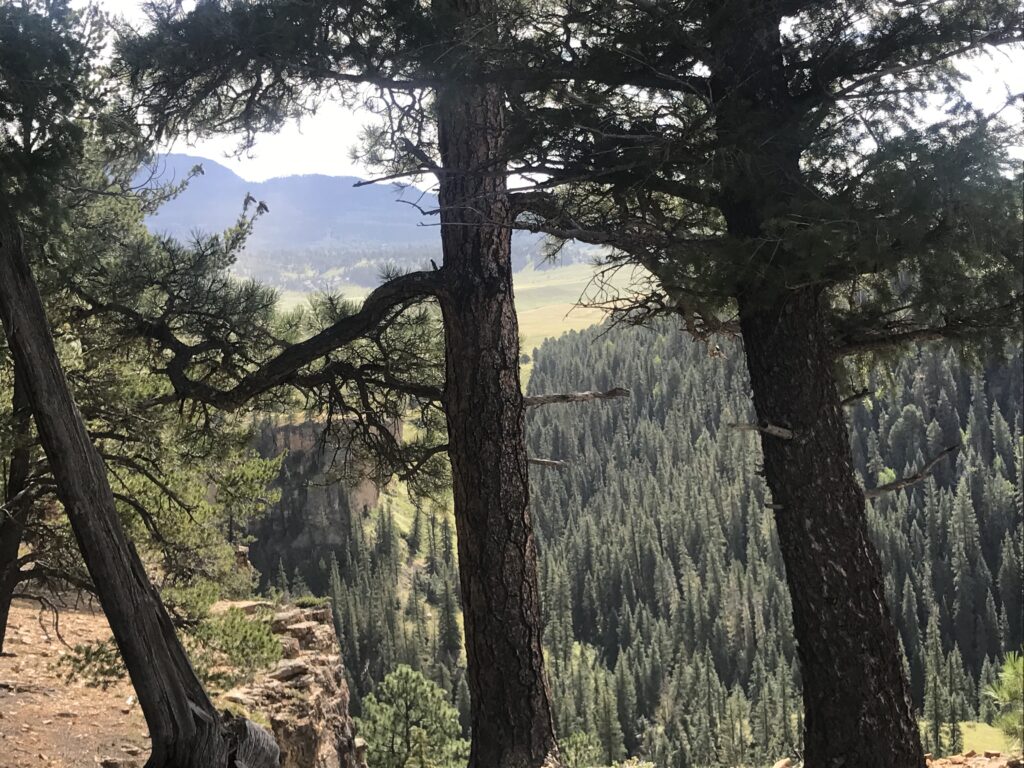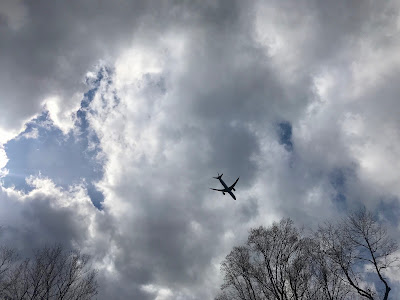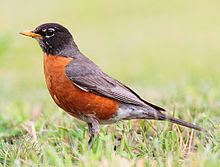Twenty Years

It’s been two decades since I left the full-time-freelance life and took an editorial job on a magazine staff. I’ve been thinking this morning of how decisions ripple outward into time and space, how they define us in ways we might never fully understand.
The job I took in October, 2004, was a creative boost. Suddenly, I was writing articles about theology and science and history. I felt like I’d gone back to school, and in a way I had. I was working for a university publication. I continued in that vein (though at another university) for a dozen years before joining a nonprofit development firm that sent me around the world to report on its projects.
Each job built on the one that came before. Had I not taken the first, I wouldn’t have taken the second, or the third.
Now, I’m a freelancer again, and I’m a student for real, with more deadlines. I’ve come full circle, back to a place that feels comfortable and right. But these other lives are all around me, in the friends I’ve made, the skills I’ve learned, the “material” I’ve stored. It’s good to have a day when I can reflect on the decisions themselves, on how they worked their magic, even when I thought they might not.
(Always trying to see the forest through the trees.)








